So your business has grown and you need a server. Without a doubt, there are some questions that you may have. What type of server should you buy for your small business? What type of capabilities will you need? How much should you spend? Computero specializing in all aspects of IT support has created this article to help support you in making the right decision for your small business. This article provides the basic guidelines of the technology and help you decide what might best fit your needs. We can help you choose a server for your business. For a complete and thorough assessment, please feel free to contact us to discuss your needs and plans at 718-275-1600. Our friendly and knowledgeable staff would be more than happy to offer solutions that fit your small business’ budget while staying up to date with the newest technology.
Server Basics
While small servers might look no different from a high-end desktop PC, the machines are designed for very different tasks. A desktop computer is typically designed for one person who needs a user-friendly operating system to run desktop applications such as a word processor, a spreadsheet, an email client, and a Web browser. However, a server runs a specialized operating system designed to support many users. It’s engineered to run applications for multiple users at the same time, such as: email, messaging, and print servers; shared calendars; databases; and enterprise resource planning and customer relationship management software.
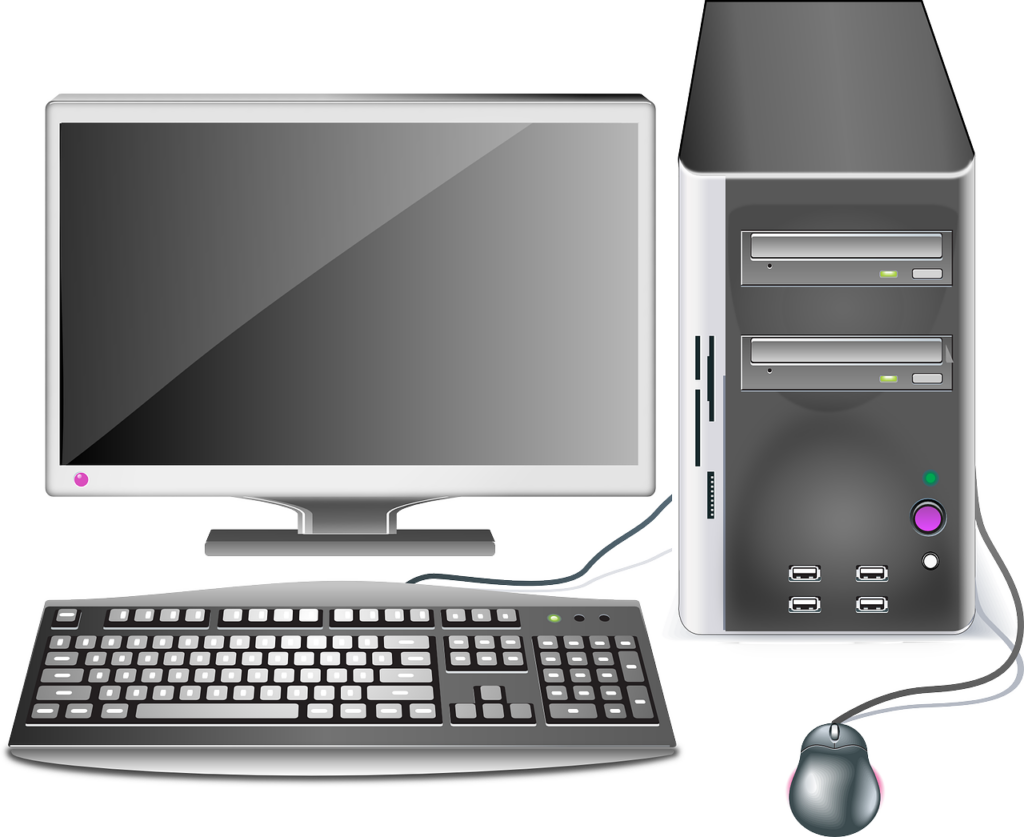
A business server also makes it easy for your employees to share data and collaborate. It operates as a central repository for all of your documents, images, contacts, and other important files. It can host a company intranet, for sharing information with your employees quickly and economically. You can set up a Virtual Private Network (VPN) so your organization can access the data on the server from anywhere you have Internet access. In addition, a server can automatically backup your devices. This way, you’ll never lose critical data if one machine fails or is lost or stolen. Servers are designed to be reliable, secure, and fault-tolerant, with redundant storage options. If you expect your small business to expand, choose a server that’s scalable and can grow with you.
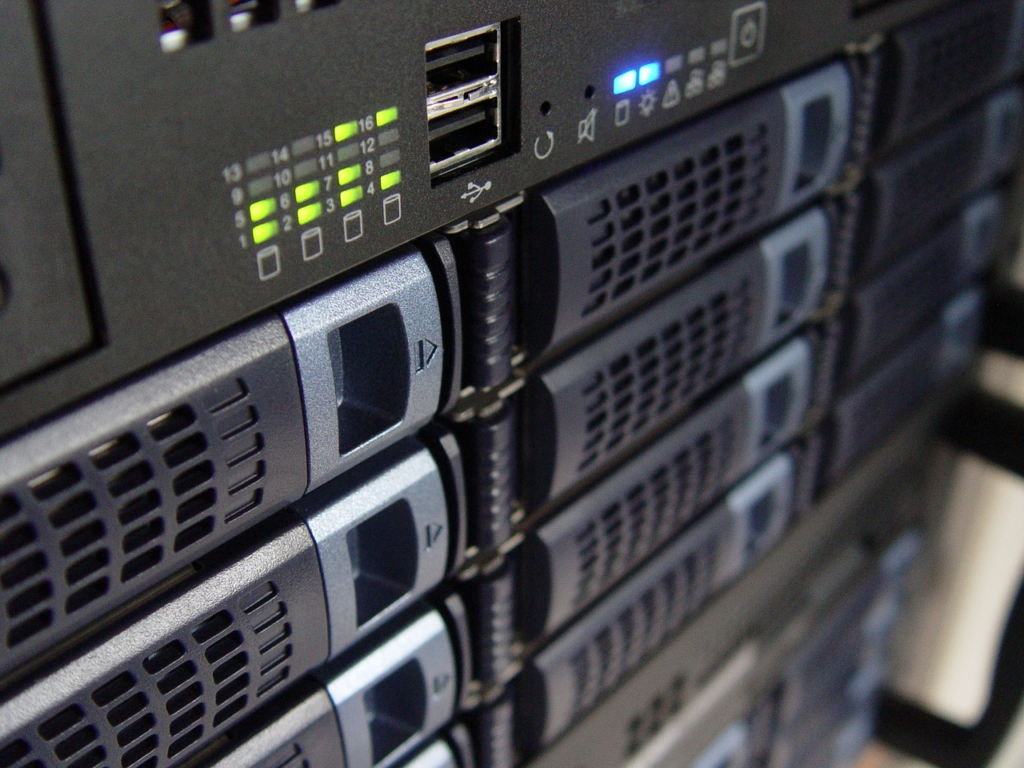
What to Consider When Choosing a Small Business Server
A huge thing to consider when picking your server is what types of software and applications you will be running. Without a doubt, you should be looking at a high end server. If all you need is file sharing, automated client backup, and light-duty remote access for PCs (typically ten or fewer), consider a NAS or even a Windows Home Server machine. HPE, Netgear, QNAP, Seagate, and Synology are the major players in this arena. You’ll want a more robust option such as a tower, rack, or blade server if:
- Your business has more than ten employees using computers
- You need to operate an email or print server, manage a complex database, or run sophisticated server-based applications (such as ERP or CRM)
- You have very large storage requirements
- You require large-scale virtualization capabilities
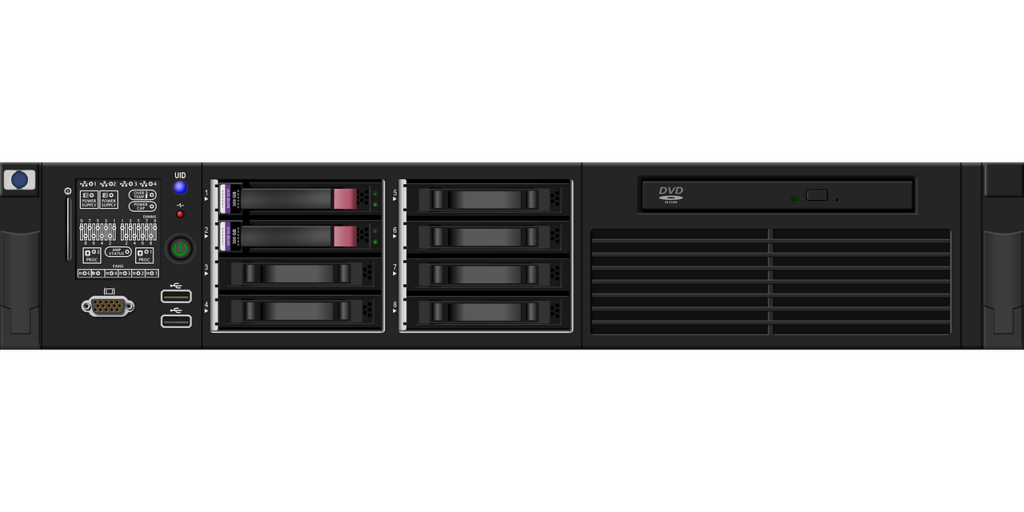
Your OS: Windows Server 2022
Windows Server is one of the top operating systems (OS) for your server. Windows Server 2022 was recently released just last year, offering many features and critical security measures that previous versions did not include. For example, Windows Server 2022 provides advanced multi-layer security, hybrid features with computer application Microsoft Azure, and increased flexibility. With up-to-date technology found in the 2022 version, your server’s firmware and hardware will stay well-protected, and you can minimize the risk of malware or firmware-based attacks. Windows Server 2022 also has improved VM (virtual machine) management.
Having a good OS is important for your server. You want something that’s reliable, secure, and widely supported. Windows is a reputable company, so your business can be sure that Windows Server will fit all your needs.

Network Attached Storage (NAS)
NAS is a simple and inexpensive server infrastructure. NAS can deliver plenty of bang for the buck to businesses with modest server requirements. A NAS arrangement can be as simple as plugging a USB hard drive into a USB-equipped router, but most small businesses will need something more robust. A high-end NAS can rival a full-blown server, including support for virtualization. A hardware device, commonly referred to as a NAS box, acts as the interface between storage and clients on the network. The NAS box requires no mouse, keyboard, or monitor, and is controlled by a remote client over the network. A bare-bones embedded operating system–typically Linux-based–runs on the NAS, although the latest devices also provide a front-end interface that makes setup and administration over your network easier.
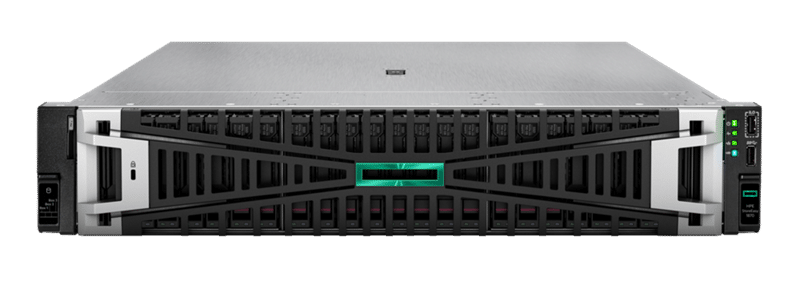
Tower Servers
Tower servers (and their smaller cousins, micro towers) are the first step up from a NAS. Towers look very similar in appearance to a small desktop, but operate differently. You can actually press a desktop PC into service as a server, showing just how similar they are. Tower servers cost more than NAS products, but they’re much less expensive than rack-mount systems. They can operate on the floor or on top of a desk, depending on the amount of space your business has. You can also retrofit them to sit in a rack. Tower servers are generally quiet, because they don’t require a lot of cooling fans. A high-end tower server with a fast CPU, lots of RAM, and a plethora of hard drives can pack a punch, especially when you take virtualization into account (provided that the CPU and operating system support it).
On the downside, you’ll need a keyboard, monitor, and mouse to manage each tower server. You can also invest in a KVM (keyboard, video, mouse) option that enables one set of peripherals to control several machines. (You can control micro towers running Windows Server using Remote Desktop Connection via a client PC.) More important, a tower server provides limited scalability once you’ve maxed out its capabilities. If you anticipate your IT requirements expanding rapidly, a rack or blade server is a better alternative than finding space for a bunch of towers.
Rack Servers
If you anticipate the need to expand and run several servers, consider moving up to rack-mount models. These types of servers come in a standard width (to fit in a 19-inch rack) and a standard height (a multiple of 1.75 inches, or 1U; a standard rack is 42U high). A rack permits you to fit many servers into a relatively small footprint. Typically it includes a cable-management system to keep your installation neat. Most rack servers are highly expandable, with sockets for multiple CPUs, copious amounts of memory, and lots of storage.
Rack-server systems are highly scalable too. Once you have the rack in place, you won’t need floor space for additional servers until the rack is full. Although they typically cost more than tower servers, they’re cheaper than blades. Since rack servers operate in very close proximity to one another, they require more active cooling than tower servers do. The fans in these servers can be quite loud. You’ll need a climate-control system to keep a full rack cool. For those reasons, most businesses isolate their racks in a dedicated room. Rack servers can be more difficult to maintain, because they must be physically pulled from the rack for servicing. And like towers, racks require a KVM arrangement for setup and management.
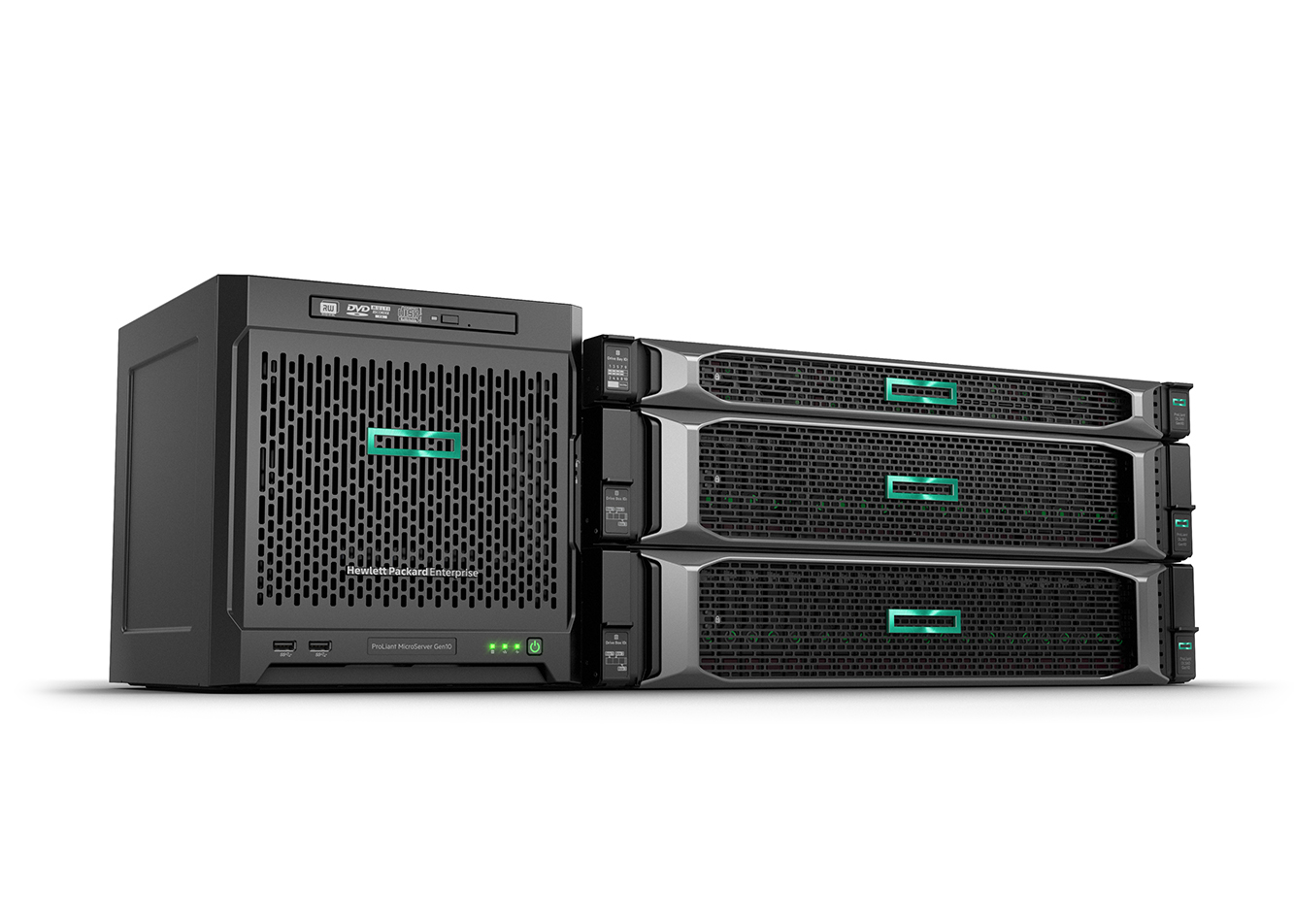
Image from HPE, “Introducing New HPE ProLiant Gen10 Rack Servers”
Blade Servers
The primary distinction between a rack server and a blade server is that several blade servers operate inside a chassis. Adding a new server is as simple as sliding a new blade into the chassis. You can install other network components, such as ethernet switches, firewalls, and load balancers, alongside the servers in the same enclosure, and you can install the whole assembly in a rack. Since the chassis provides the power, cooling, input-output, and connectivity for all the devices inside it, you don’t have to deal with new cables when you add something. Blades are neater and can pack more computer power into a given space than any other server ecosystem. However, their upfront cost is higher because you must also purchase the enclosure. Blade servers do have their drawbacks.
Typically they provide fewer expansion opportunities because they don’t have as many PCIe slots and drive bays as tower or rack servers. On the other hand, businesses deploying blade servers usually have shared storage, such as a storage area network, to support their blade servers (and some blade chassis can accommodate SAN storage right alongside the servers). As you’ve probably guessed, housing all those components in such close proximity generates a lot of heat. Blade systems, like rack servers, require plenty of active cooling (usually augmented by fans mounted inside the chassis).

HPE ProLiant BL460c Gen10 Server Blade
Takeaways About Choosing Your Server
Given the above information, there are a few choices to choose from based on your organization’s needs. Depending on the number of users and types of applications used, as well as virtualization options, it behooves the decision maker to thoroughly assess the current needs in addition to the projected needs, and based on those careful assessments choose from the above mentioned categories. It is important to remember that each category of servers mentioned above has a wide range of options to choose from, and that the server is scalable as optimally the server should be able to grow with your organization.
Computero Specializes in Small Businesses | Your Server Needs
Computero provides a wide range of IT services including server procurement, deployment, installation, and monthly support. We can provide a number of options to help support your organization’s needs and do so at the best affordable rates. Please contact us at 718-275-1600 to schedule an appointment to help us gauge your needs.
Some excerpts for the above article have been taken from PC World article by Michael Brown.





0 Comments